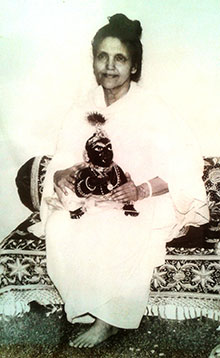
Q: I am wondering about the concept of Paramatma, Prakriti and jivatma: Why have a construct of Paramatma, Prakriti and atma/jivatma? Why not simply have Paramatma, without the need for any existence, any Universe, creatures or beings, given that Paramatma is eternal, unmanifest, not of Prakriti, and does not require Prakriti or jivatma to “be,” whilst the latter two require Paramatmna to “be”… etc?
I do understand that with this hypothesis, there would be no beings, universe etc. which is a false statement in itself, but from a Vedanta standpoint, what is the “tarka” or logical reasoning for the construct of Paramatma, Prakriti, and jivatma?
You see yourself into what absurdity it all falls when a person subscribes to Advaita Vedanta rather than Sankhya, the original philosophy (darshana) of Sanatana Dharma, especially the Bhagavad Gita, and of the Yoga Darshana itself. When we realize that these three concepts are necessary for an intelligent pursuit of Brahmajnana and moksha, it is really an absurdity to deny their value.
Any concept is fundamentally merely an image in the mind, but the entire universe is being held as a concept in the consciousness of Brahman. It is a dream, but a dream that is real like any other dream of the mind. To say that something is not real because it is not material reveals the mind of a materialist, of Charvaka, not Dharma.









